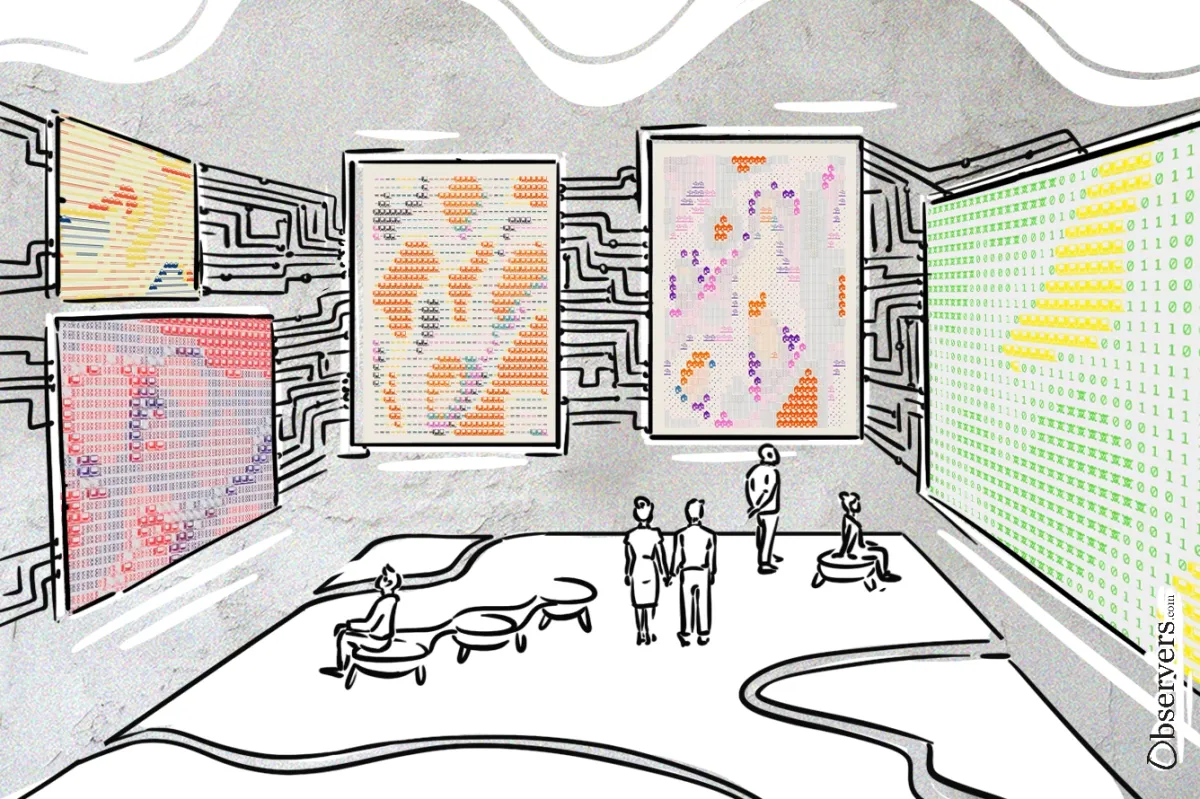
“But now, we live primarily through digital media, so to ignore digital art is pretty much to ignore the dominant culture in which we live.” Jason Bailey interview with Right Click Save.
The days when digital art and non-fungible tokens were thought of as synonymous are long gone. The bust of the 2021-2022 market bubble cleared the way for other NFT use cases to grow and allowed artists to explore blockchain beyond its financialization potential.
As digital assets that can represent both tangible and intangible objects in a blockchain, NFTs are now being used in almost any subsector of the crypto industry. They are used in Web3 games as icons of unique and tradable in-game items, in music and entertainment Dapps to enforce royalties and foster artists' communities, in decentralized finance to grant access to services, and as on-chain representations of tokenized real-world assets.
So, too, in digital art, non-fungible tokens play a critical role. Their introduction has allowed, for the first time, the ability to enforce creator rights and verify collectors' ownership claims while simultaneously bringing transparency, records of authenticity, and permanent linkages between artists and their work into the online art markets.
NFTs led to a paradigmatic shift in the industry, which no other technology has done and which no other is expected to make in the foreseeable future. But that 2021 hype that led to record-breaking prices, new projects, buyers, and traders coming into the market daily, to Times' magazine covers and New York Times editorials have slowed down.
The bubbling feeling arising from the intersection of blockchain and digital art today does not derive from experimentation with new market features but from exploring the technology's potential to create new art forms.
Generative art, in which the artist automates part of the creation process by creating a set of rules and delegating part of the decision-making process for deploying such rules to a computer, has grown massively thanks to advancements in blockchain.
Artists use data, network activity, and decentralized user coordination to create works with features that are only possible with blockchain.
Chainleft, creator of Chaos Roads, noted in a post in Mirror that "tokenization, programmability, and crypto-social relationships open up unique possibilities where we can create art that is uniquely possible only with blockchain."
Chaos Roads is a collection in which each piece comes with an interactive painting, music and poem.
It is an example of Runtime Art, a form that uses smart contracts to generate dynamic pieces that evolve each time there is an interaction with its code. Runtime refers to the fact that the artwork is mutating for as long as the chain they are is running - forever.
The burgeoning art form's most popular collection is Terraforms, a project launched in 2021 by Mathcastles on Ethereum. The creators describe it as "on-chain land art from a dynamically generated 3D world."
The collection is centered around a virtual "Hypercastle" of 20 levels, which all NFTs are part of. Each of the 11,104 pieces has four levels of interaction that generate new forms and data that permanently alter them.
Terraforms is a prime example of this new age of art. It exists entirely on Ethereum, so it is interoperable, allowing other programs to interact with it, and composable, meaning that new features can be added and old ones updated over time.
Also leveraging on blockchain data inputs is James Bloom's Gold collection, which "changes dynamically in response to the series' own live NFT market activity." Data from views, sales, listings, and other collectors' behaviors serve as inputs, producing art pieces that constantly evolve into something new.
Generative art has existed since the 1950s and has been on blockchains since CryptoPunks launched on Ethereum in 2017. But art is not static. It evolves with societies, economic systems, systems of thought, and, of course, with technology.
While blockchain's first offering to art was improving its market components, we are now witnessing a new age in which artists use it to pose more serious conceptual questions about what it means to live so deeply in the digital age.

